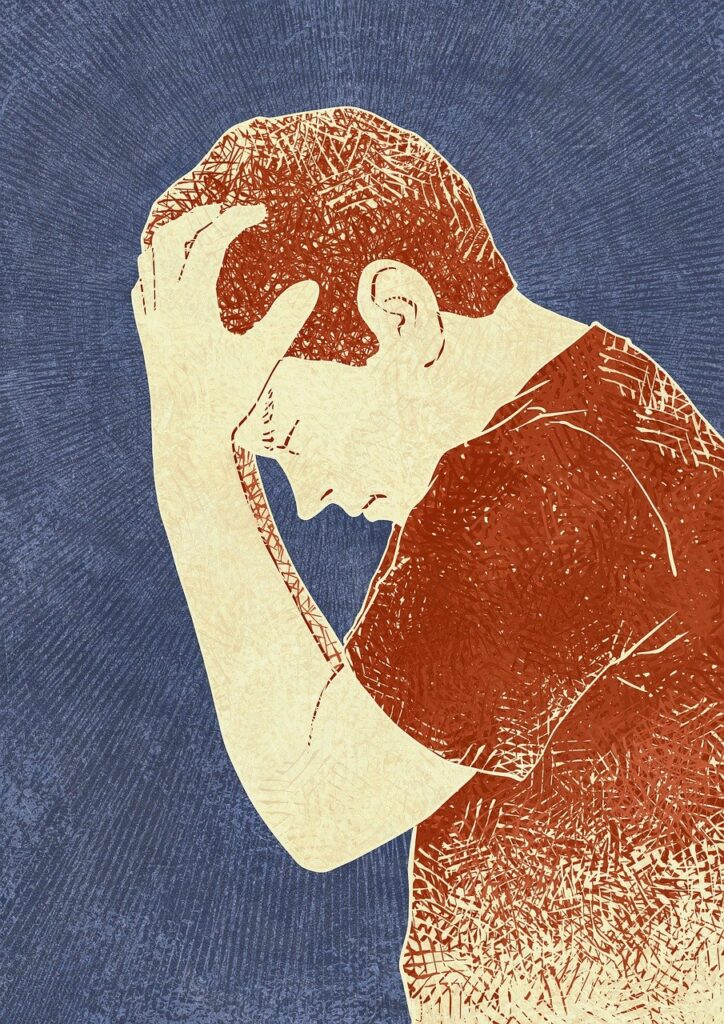By ANEW Counselling and Therapy | Barrie, Ontario
Ever get an email from your boss that says “Can we talk?” and suddenly you’re convinced you’ve done something terribly wrong, disappointed everyone, and may need to flee the country by dinner? Yep. Welcome to the wild world of thinking traps.
These sneaky thinking patterns are especially common when you’re anxious, stressed, or feeling low. Let’s unpack what they are, why they show up, and how learning to spot your own patterns can make life a whole lot easier.
What Are Thinking Traps?
Thinking traps (or cognitive distortions) are habitual ways our brain can twist reality, often without us realizing it. They’re automatic, not backed by facts, and tend to make anxiety or depression worse. Below are some of the usual suspects:
- Catastrophizing: Jumping to the worst possible outcome.
“I made a small mistake—now I’ll lose my job, my home, and end up living in a van down by the river.” - Black-and-white thinking: Seeing things in extremes.
“If I don’t do this perfectly, it’s a complete failure.” - Mind reading: Assuming you know what others are thinking.
“She didn’t smile at me—she must think I’m annoying.” - Overgeneralization: Believing one bad moment means everything is bad.
“I froze during that meeting. I always screw things up.” - Should statements: Rigid rules about how things should be.
“I should be able to handle this. I shouldn’t feel this way.” - Personalization: Taking responsibility for things outside your control.
“My partner seems upset—it must be something I did.” - Filtering: Focusing only on the negative and ignoring the positive.
“Nine people complimented me, but one didn’t—so clearly I did a terrible job.” - Emotional reasoning: Believing something is true because it feels true.
“I feel hopeless, so my situation must be hopeless.”
Why Do We Fall for These?
Because your brain is doing its job, trying to protect you. It just sometimes gets the danger level wrong. These patterns show up more when we’re tired, overwhelmed, or emotionally activated, and they can feel incredibly convincing.
They’re especially common in anxiety, where the brain is on high alert, constantly scanning for threats. But they also show up in depression, often making us feel stuck, worthless, or hopeless.
Why It Helps to Know Your Own Thinking Traps
Recognizing your own go-to traps gives you a chance to pause before reacting. It creates space to ask yourself: Is this thought accurate? Helpful? Is there another way to look at this?
That pause is powerful. It’s the foundation of mindfulness—observing your thoughts without getting swept away by them.
You can’t always stop a thought from popping up (we wish!), but you can learn to notice it, name it, and loosen its grip.
A Reminder: Thoughts Are Not Facts
Just because something feels true doesn’t mean it is true. Thoughts are shaped by mood, past experiences, stress, sleep, hormones—you name it. They’re not objective reporters. They’re more like dramatic storytellers with a flair for the worst-case scenario.
Final Thought
You can’t control every thought that shows up—but you can learn strategies to deal with them better. With support, practice, and tools from approaches like CBT and ACT you can begin to quiet the noise, respond with clarity, and live with more ease.
Your brain might be dramatic sometimes, but it’s also capable of growth, perspective, and change. And that’s pretty great.
